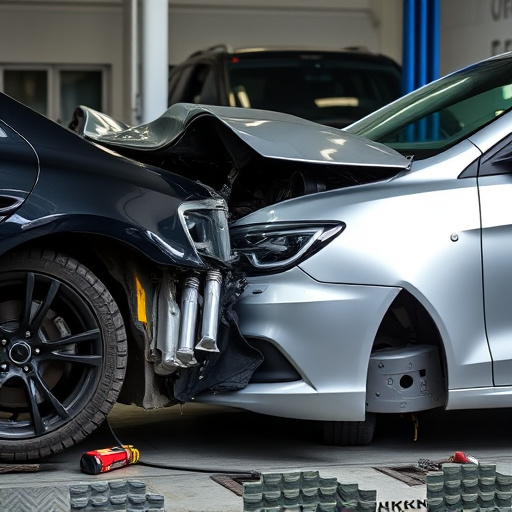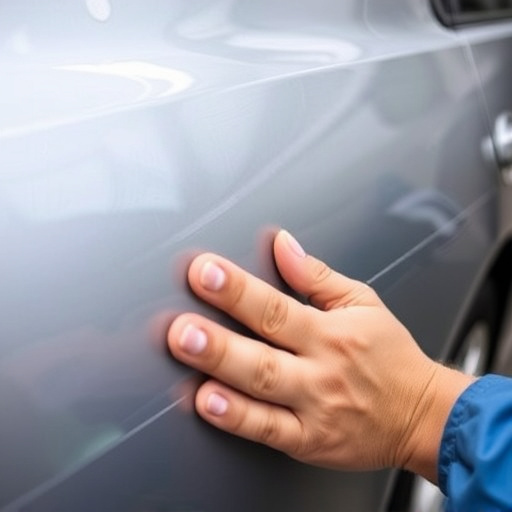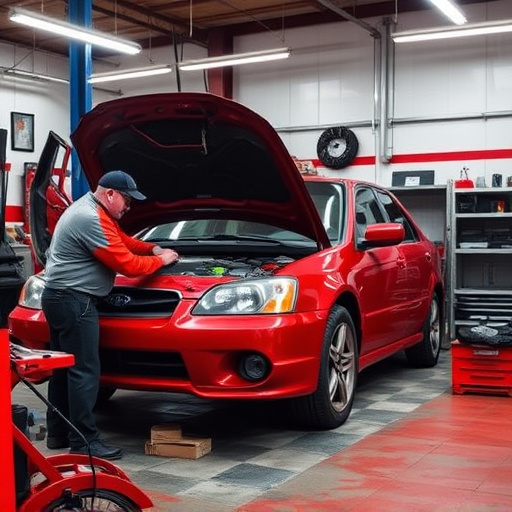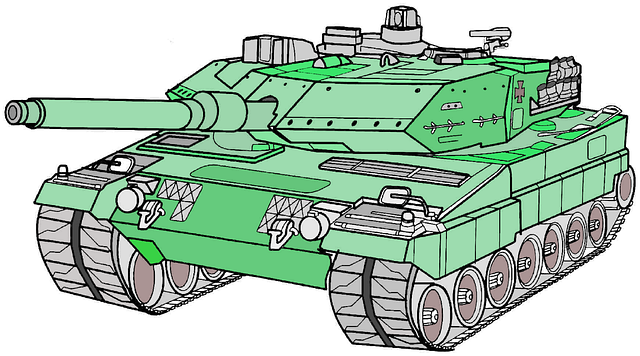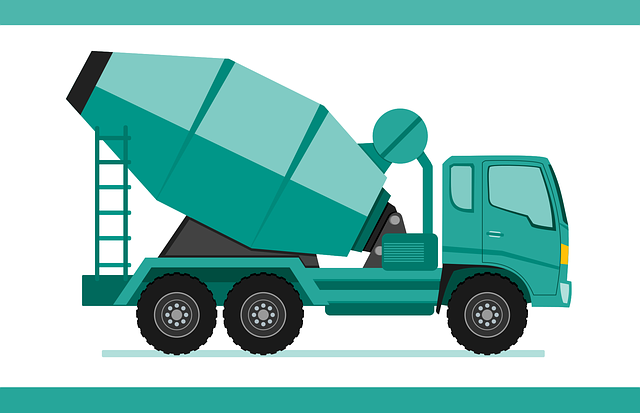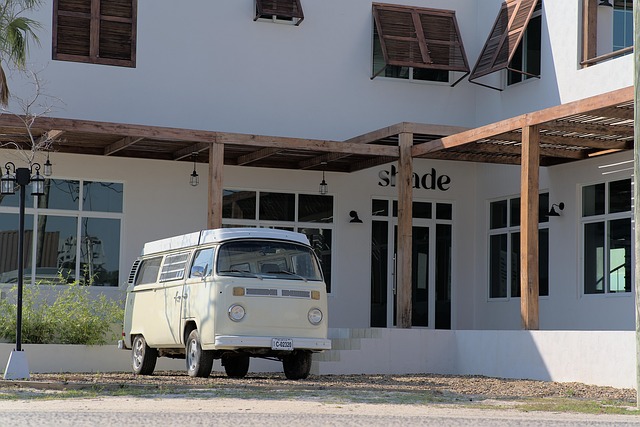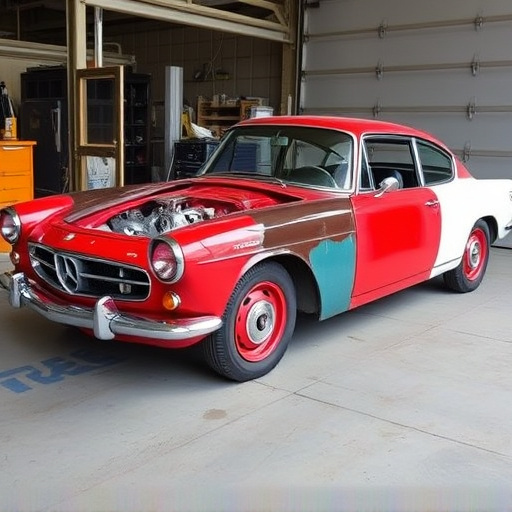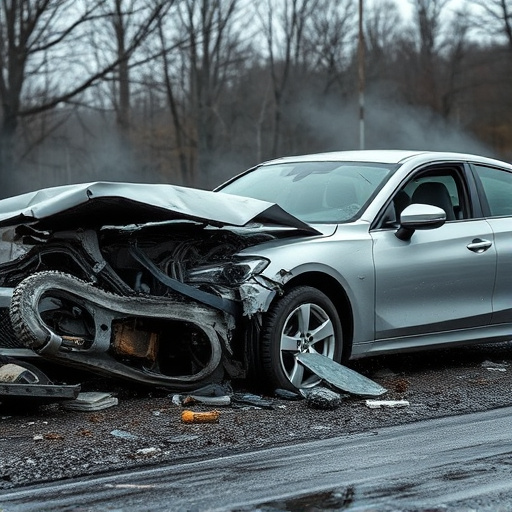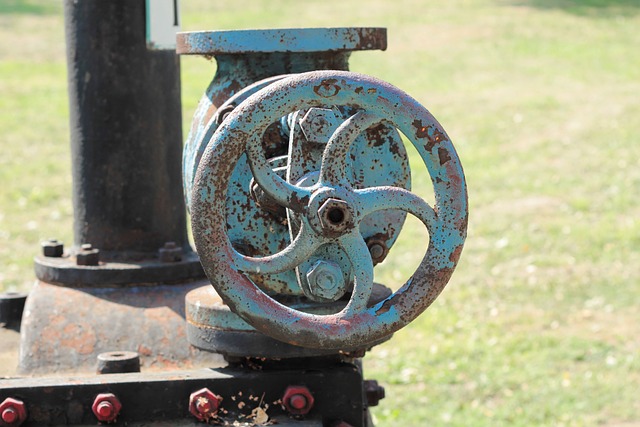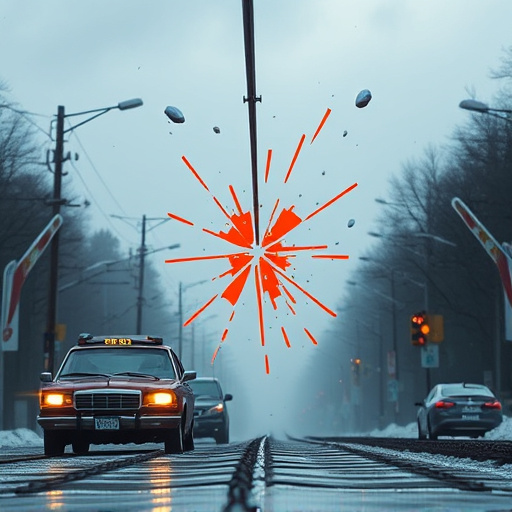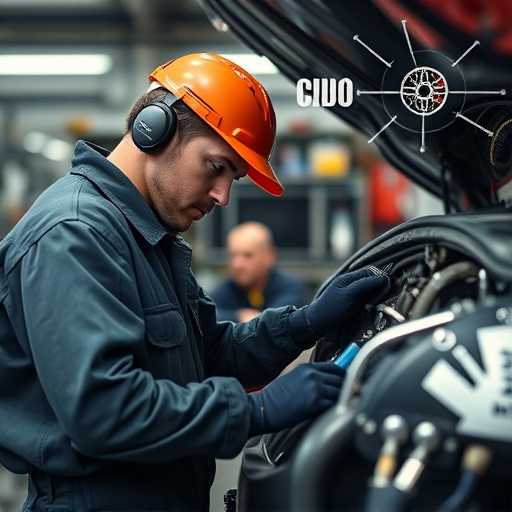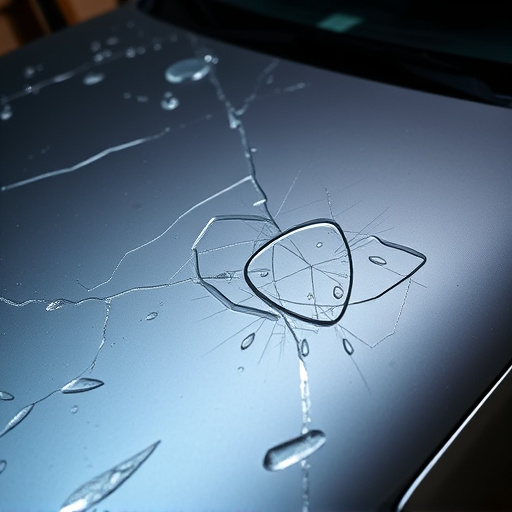Unnecessary delays in the collision claim process stem from paperwork overload, communication gaps between insurers, repair shops, and policyholders, and intricate legal/insurance procedures. These bottlenecks lead to frustration and longer wait times for vehicle repairs, especially for high-end brands. Streamlining documentation, improving communication, and simplifying legal steps are key to speeding up the collision claim process, providing faster resolutions, and reducing stress for everyone involved.
Unnecessary delays in the collision claim process can significantly impact victims’ journeys towards justice and compensation. This article unravels the common culprits behind these delays, shedding light on three primary factors: excessive paperwork and documentation, communication gaps among involved parties, and intricate legal and insurance loops. By understanding these bottlenecks, we can advocate for streamlined processes, ensuring a faster and fairer collision claim experience for all.
- Unnecessary Paperwork and Documentation Delays
- Communication Gaps Between Parties Involved
- Complex Legal and Insurative Loops
Unnecessary Paperwork and Documentation Delays
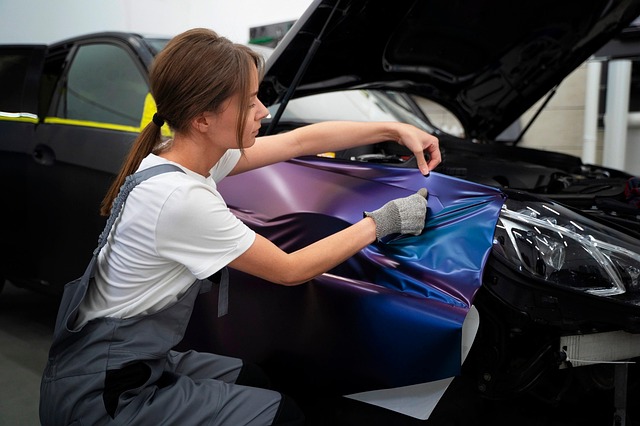
Unnecessary paperwork and documentation delays are among the primary culprits slowing down the collision claim process. After a car accident, both insured parties often face a deluge of forms to fill out, signatures to collect, and documents to submit. These can include police reports, medical records, repair estimates, and various insurance-related paperwork. Each step in this process requires time, attention, and coordination between multiple parties, such as insurance companies, mechanics, and healthcare providers.
Moreover, the complexity of auto maintenance, especially in cases involving extensive auto body restoration, adds another layer of bureaucracy. Detailed documentation is essential to ensure accurate assessments and fair compensation during the collision claim process. However, this meticulousness often translates into delays, as each party waits for critical information from others involved. Streamlining these procedures and improving communication among all stakeholders could significantly accelerate the collision claim process, ensuring faster resolutions and reduced frustration for those affected by automotive collisions.
Communication Gaps Between Parties Involved
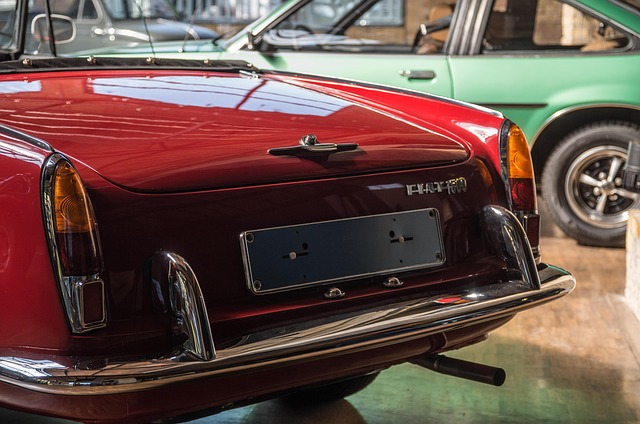
The collision claim process is often delayed unnecessarily due to communication gaps between the parties involved. When a vehicle accident occurs, quick and clear communication is vital for expediting the claims settlement. However, miscommunication or lack of information exchange between insurers, policyholders, and repair shops can significantly slow down the entire process. Insurers might fail to provide timely updates or accurate details about coverage, while drivers may not fully understand their rights or responsibilities, leading to delays in filing claims.
These communication hiccups can also impact the decision-making process for auto body work, such as bumper repair or Mercedes Benz repair. Repair shops rely on clear instructions and information from insurers to accurately assess damage and provide cost estimates. Inaccurate or incomplete data can result in repairs not being authorized, causing further delays. Effective collaboration and open lines of communication between all parties are essential to streamline the collision claim process and ensure that vehicles get repaired efficiently, minimizing inconvenience for everyone involved.
Complex Legal and Insurative Loops

The collision claim process is often needlessly delayed by intricate legal and insurative loops. These complex procedures can include multiple steps such as filing a police report, gathering evidence from the scene, and coordinating with various insurance providers. Each step requires meticulous attention to detail and adherence to specific guidelines, which can lead to delays if not handled correctly.
Moreover, dealing with car scratch repair or even more intricate Mercedes Benz repair claims further complicates matters. Vehicle body shops must navigate a labyrinth of documentation, assessments, and approvals before work can commence. This not only prolongs the collision claim process but also adds stress for all parties involved, from policyholders to repair facilities. Streamlining these legal and insurative aspects is crucial to ensure that claims are settled promptly and efficiently, providing relief to those affected by collisions.
The collision claim process is often unnecessarily delayed by a trifecta of issues: excessive paperwork, communication breakdowns among involved parties, and intricate legal and insurable loops. To expedite this process, stakeholders must prioritize efficient documentation, foster clear and consistent communication, and streamline complex legal procedures. By addressing these delays, the collision claim process can become faster, fairer, and more satisfactory for all parties involved.
